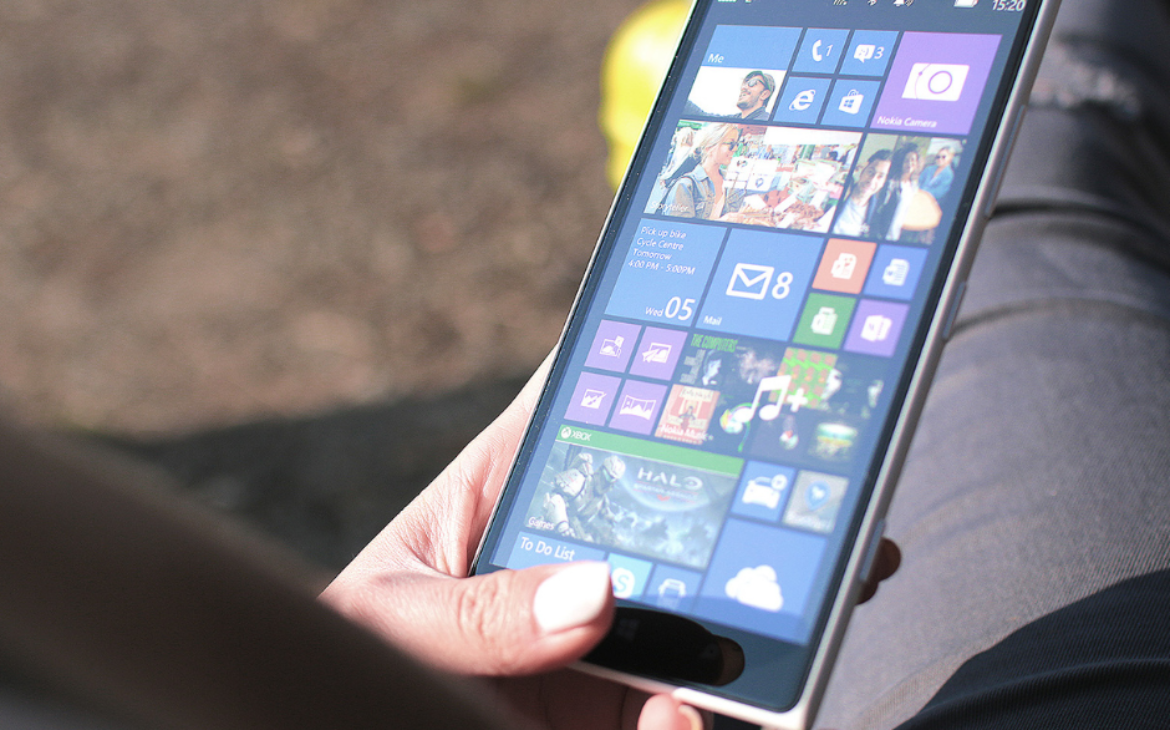This social network is a product of the Chinese tech company ByteDance Ltd and allows its users to generate, edit, and share a variety of content. TikTok is a free social network/app available for download on all Android and iOS devices, enabling users to become content creators, particularly of videos lasting up to one minute. Just like with other social networks, an individual who downloads the app must create their own profile or account within the app, after which they can freely post and browse content. The attractiveness and popularity of this social network have led to discussions and debates about TikTok’s potential negative impact on individuals, especially on children and young people, privacy concerns, as well as the spread of misinformation, fake news, and conspiracy theories.
The large number of users with open profiles on TikTok facilitates the process of sharing misinformation and fake news. Additionally, users are often unaware that they are sharing manipulative or misleading content, believing they are spreading important and true news to their loved ones. TikTok’s algorithm is designed to show users the most relevant content, i.e., content they frequently search for, watch, share, comment on, or like. Furthermore, the algorithm prioritizes content that gains popularity or goes viral, which is often misleading content, misinformation, or fake news, as such content tends to attract the most attention and provoke emotional reactions. Moreover, TikTok’s algorithm can mislead users, confining them to echo chambers where they are repeatedly shown content that confirms their existing beliefs and opinions. This isolation can amplify the influence of fake news and make it harder to think critically and understand diverse perspectives, which is essential in combating misinformation. A study conducted by NewsGuard in late 2022 showed that 1 in 5 top search results contained false information and misinformation.
To reduce the spread of misinformation, fake news, and misleading and manipulative content on TikTok, a global fact-checking program has been launched. The program also includes collaboration with fact-checking organizations accredited by IFCSN, which identify and verify the accuracy of content on the platform in over 50 languages and in more than 100 countries worldwide.
TikTok’s community guidelines prohibit the spread of potentially harmful information, as well as any form of fake news or misinformation, to ensure users have a safe experience in the digital space. If content that violates this rule appears, it is either removed or labeled as “ineligible for the news feed.” TikTok’s Safety Center states that it works with fact-checking organizations to provide users with accurate and verified information, prevent the spread of misleading and manipulative content, and create a safe digital space for content creation and production. TikTok users can also report content they believe violates community guidelines or shares misinformation, fake news, or misleading content.
TikTok has developed features that can help users identify verified and accurate content:
- Verified Accounts – Next to the profile or username of a well-known person, a blue checkmark is often displayed, serving as a verification of the profile. This mark confirms that the user account is indeed the person’s real profile. The checkmark cannot be purchased and must be approved by the TikTok team.
- AI-Generated Content – Users who post content created using artificial intelligence must label it when uploading the video to the platform. Additionally, TikTok automatically marks some AI-generated content.
- Unverified Content – Vague information or facts are labeled as unverified until fact-checking organizations review the content or the search yields contradictory results.
For more information on how TikTok protects its users from manipulative and misleading content, visit the link: https://www.tiktok.com/safety/hr-hr/harmful-misinformation-guide.
Test Your Knowledge About TikTok and Misinformation:
The aim of this quiz is to help platform users learn more about misinformation in TikTok’s digital space. This quiz was designed as part of the project “Enhancing the Culture of Fact-Checking,” conducted by HUOJ in collaboration with media experts from Lider Media and the Faculty of Economics at the University of Zagreb, with financial support from the European Union – NextGenerationEU.


